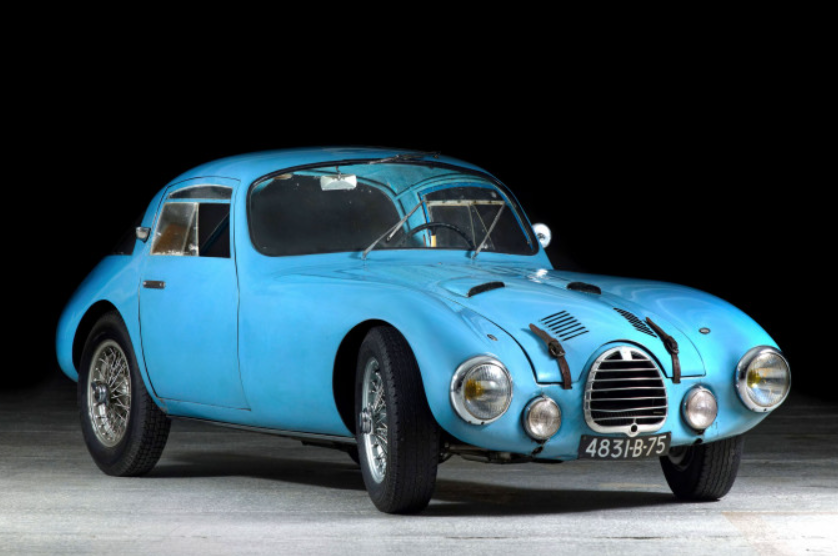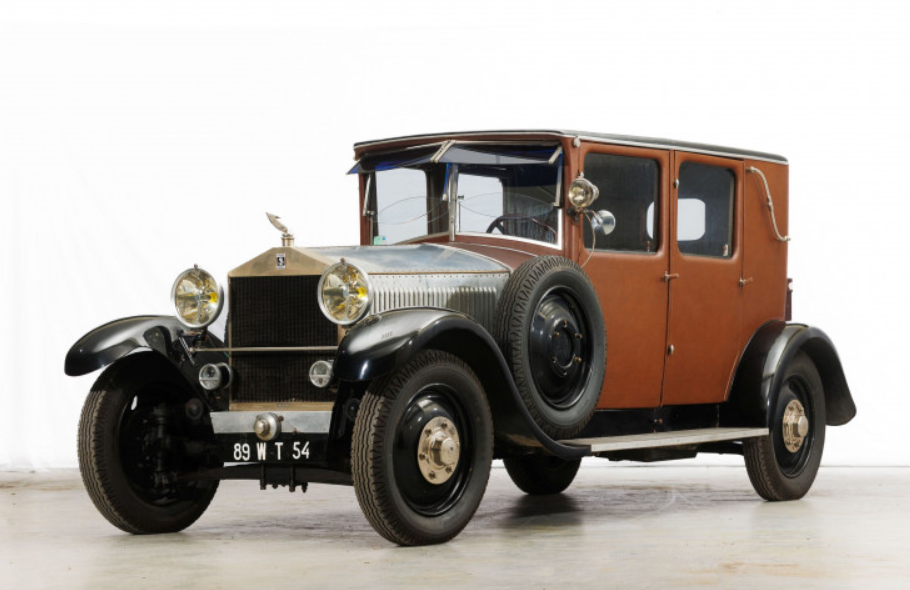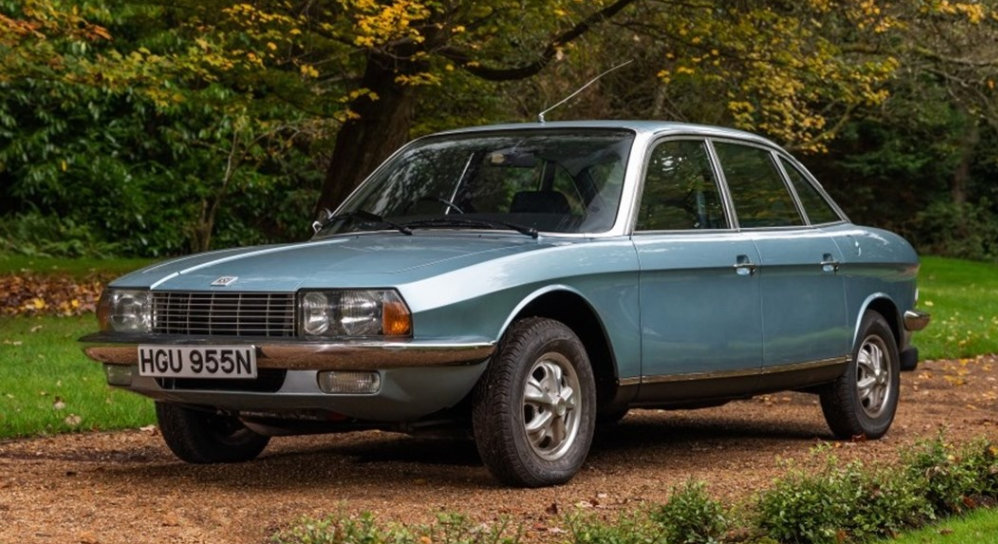1916 C.T. Model F 5-Ton Flatbed
Offered by Mecum | East Moline, Illinois | March 25, 2022

Perhaps the photographer should’ve stepped back 10 feet. C.T. electric trucks were produced by the Commercial Truck Company of America, which was based in Philadelphia. The company built, well, commercial trucks, many of which looked like this, from 1908 through 1928.
Power is from four General Electric electric motors, with one stationed at each wheel. They had a range of 40-50 miles, and this one was one of 20 used by the publisher of the Saturday Evening Post… into the 1960s! I once bid on one of these trucks, but that’s a story for a different day.
There are some of these funky trucks out there (pretty sure NATMUS has one). You can check out more about this one here.
Update: Sold $26,400.









